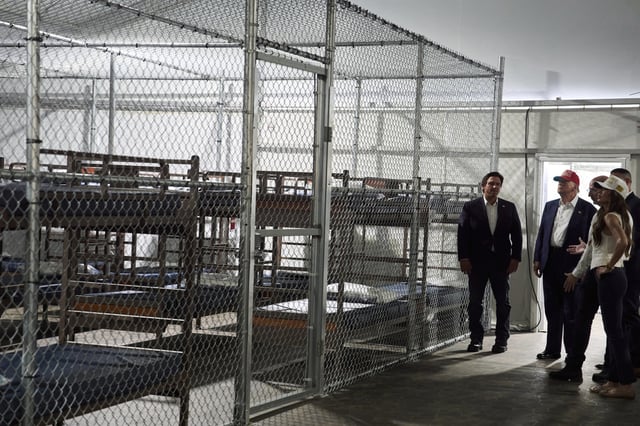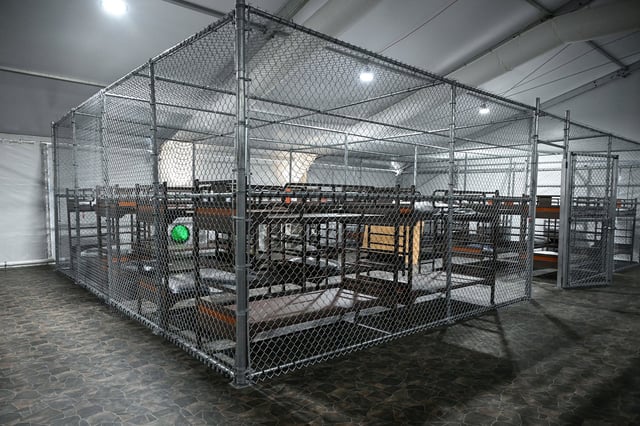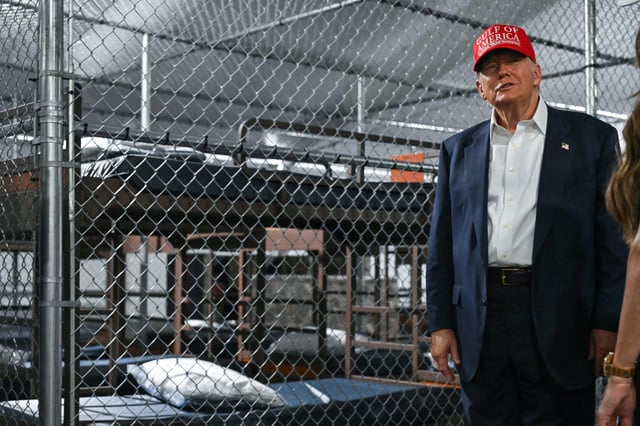Overview
- First group of migrants arrived Wednesday night at “Alligator Alcatraz,” initiating operations under Florida’s 287(g) program with 3,000 initial beds and planned expansion to 5,000.
- Constructed in eight days at the Dade-Collier Training and Transition Airport using state emergency powers and projected to cost $450 million annually, the facility operates solely on state funds pending FEMA reimbursement and excludes direct DHS funding per a federal filing.
- President Donald Trump, Gov. Ron DeSantis and DHS Secretary Kristi Noem toured the camp July 1, portraying its swampy terrain and wildlife as natural security measures and a model for future detention sites.
- Secretary Noem’s account of a detained cannibal “eating himself” on a deportation flight has not been independently verified and has drawn scrutiny from federal sources.
- Environmental and indigenous groups continue lawsuits and protests, arguing the site threatens the fragile Everglades ecosystem and occupies land tribes consider sacred.



